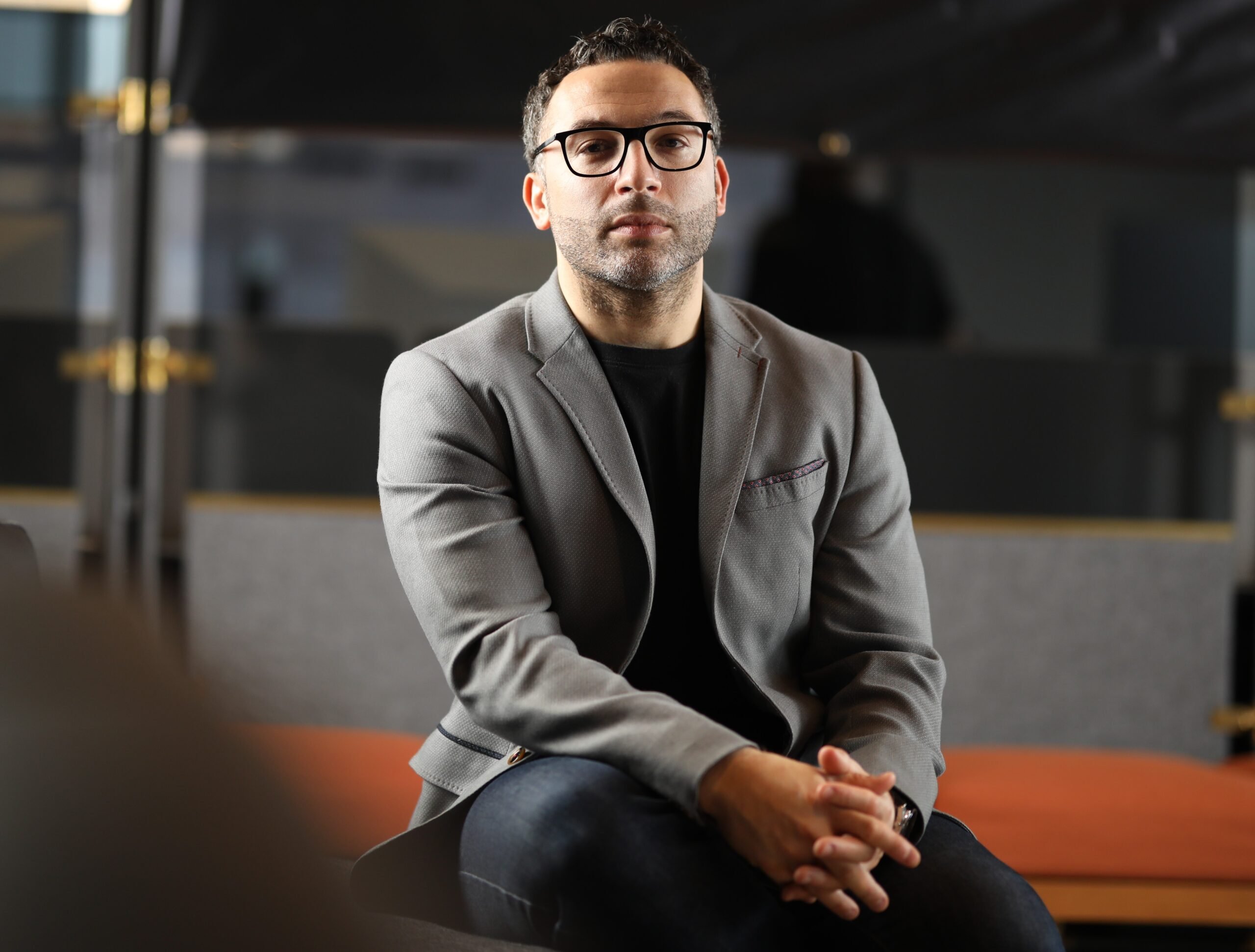 Last year’s coronavirus crisis was a cataclysmic event, compelling brands and consumers – even the most digitally laggard amongst us all – to embrace digital transformation like never before.
Last year’s coronavirus crisis was a cataclysmic event, compelling brands and consumers – even the most digitally laggard amongst us all – to embrace digital transformation like never before.
The Middle East, traditionally seen as an amalgamation of cultures steeped in tradition, was not left behind in this wave of digitalisation.
And now, the region stands at an inflection point – a year of introspection, consolidation and strategic development.
A variety of panels and speakers will be discussing the themes of media and marketing. To get your tickets…. The second Campaign Saudi Briefing event of the year will be taking place in Riyadh on 12th October 2023. A variety of panels and speakers will be discussing the themes of media and marketing. For more details, click here.
The Middle East’s relationship with digital progress has always fascinated me, as we always seem to be on the line between tradition and tomorrow.
For years, we have boasted some of the world’s most tech-savvy nations (like my home, the UAE) but were hindered at the brand level as many companies did not feel the changing need to appreciate the ‘digital first’ demand. So, let’s be honest and say that 2022 changed that narrative.
Pivot or disappear
Brands, irrespective of their digital comfort levels, had to pivot or disappear. Malls in Dubai, souks in Riyadh, or the markets of Khan el Khalili in Cairo – traditional touchpoints of commerce and culture – found their digital parallels almost overnight and have now shifted away from digital being ‘just another channel’ to being part of their core culture and model of operation.
Let’s delve a bit deeper into the consequences of this sudden digital shift.
E-commerce, which was already gaining traction, witnessed an explosive growth rate because, well, it had to. Saudi Arabia and the UAE saw online sales skyrocket, but to everyone’s surprise, even the smaller nations, like Oman and Bahrain, refused to be left behind.
When I talk about nations, these are not government-related initiatives alone, they include family businesses, who are steeped in tradition and heritage, having to breakdown their walls of old in order to meet the needs of their evolving consumer.
But this was not just about retail. Telemedicine services, online learning platforms, and digital financial solutions became essential, reshaping industries, user behaviours and business decisions – as traditional business models had been smashed to pieces.
But with rapid adoption comes the critical need for reflection. The almost overnight solutions of 2022, while revolutionary, are probably not all sustainable – mainly because many old consumer behaviours are creeping in again.
Multi-layered experience
Today’s consumer no longer accepts a single channel of engagement or commerce; they want a multi-layered experience that is tailored to their specific need, no matter the time of day or location of engagement. Therefore, I see 2023 is about fine-tuning the momentum of digital adoption from within.
It’s about asking the important questions and being ready for the answers (mainly derived from data): What digital channels resonated most with our audiences?
Which solutions were mere stop-gaps, and which have the potential for long-term integration?
Moreover, while the digital landscape is expansive, it is essential to realise it isn’t one-size-fits-all. The digital needs of a young professional in Beirut differ from those of a farmer in Jordan.
Tailored strategies are paramount, and understanding local nuances becomes more critical than ever. Brands must invest in data analytics, understand regional specifics, and develop customer-centric solutions.
But with every great investment or revolution comes greater responsibility. Brands must give the confidence that not only can they provide harmonised buying or brand engagement experiences, but where personal data is concerned, there is a level of cybersecurity that ensures protection.
With an exponential increase in online transactions, the region has seen a spike in cyber threats. Brands need to assure consumers that their digital engagements are secure. Trust, in the digital realm, is as crucial as the user interface.
Metamorphosis
Digital marketing, too, undergoes a metamorphosis. With the Middle East’s high smartphone penetration rates and a population that spends a significant amount of time online, marketers must adapt.
The strategies that worked on billboards in Doha might not resonate on Instagram feeds. It’s a paradigm shift, and marketers must ride the wave or risk obsolescence.
Lastly, brands should remember that while digital is the future, it doesn’t mean the complete eradication of offline touchpoints. It’s about creating a seamless omni-channel experience where the physical and digital worlds blend effortlessly.
In conclusion, 2020-22 pushed the Middle East, with its vibrant tapestry of cultures, into an era of accelerated digital adoption and transformation.
However, 2023 is not about relentless forward momentum but rather about consolidation.
It’s about learning from the successes and failures of the past year, adapting, and crafting a digital roadmap that isn’t just about technology but about people, their traditions, needs, and aspirations.
Today, the Middle East is a beacon of digital innovation, but the journey ahead requires introspection, strategy, and a touch of traditional wisdom to ensure it keeps its unique position at the forefront of the global competition.
By Kareem Monem, Chief Executive Officer, Digitas Middle East









